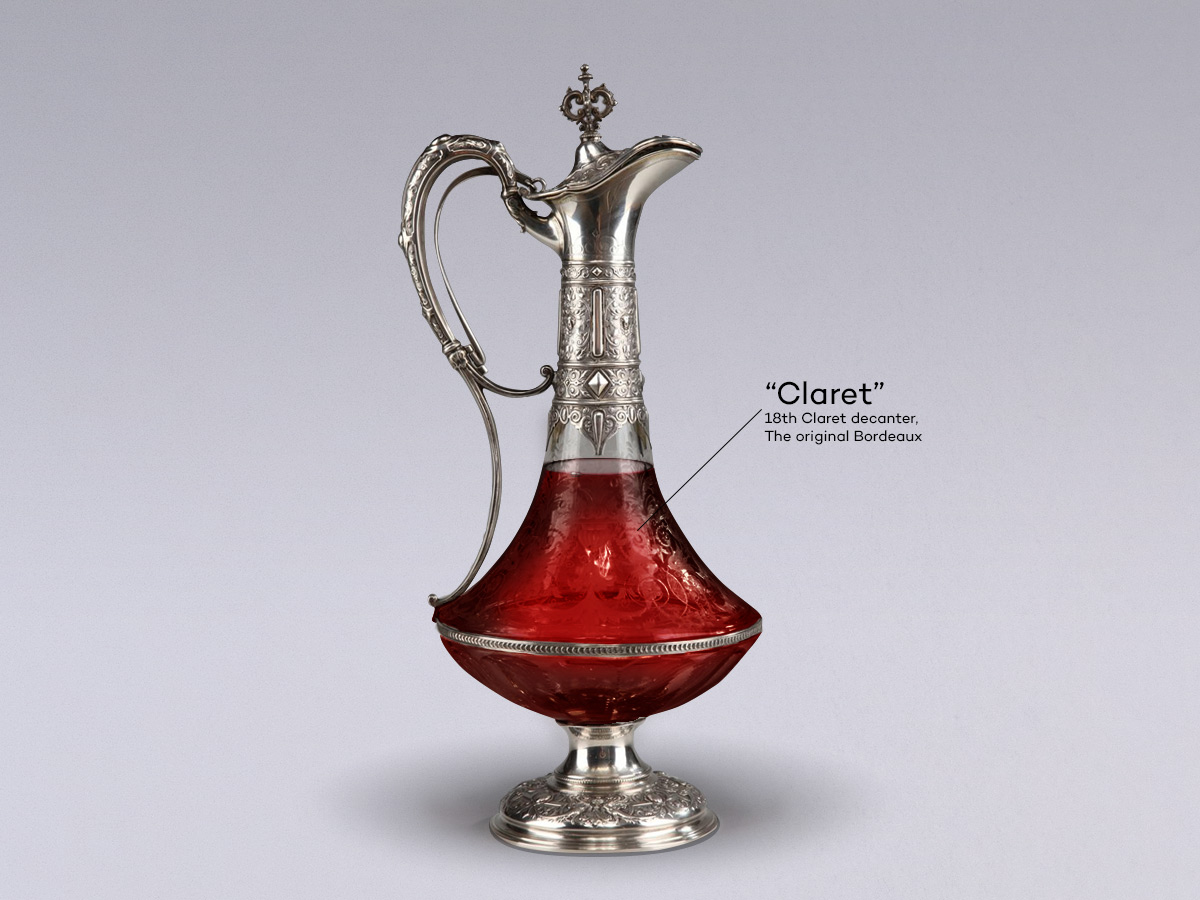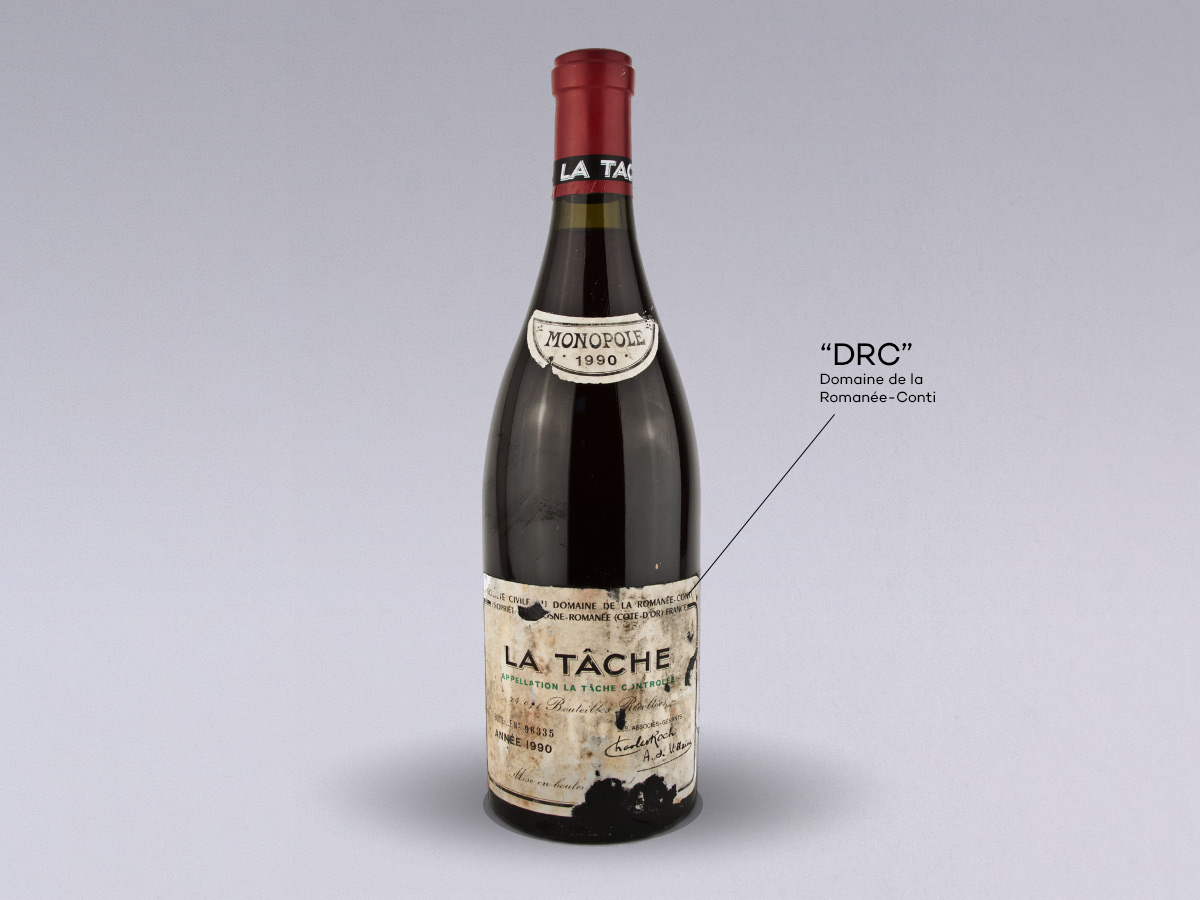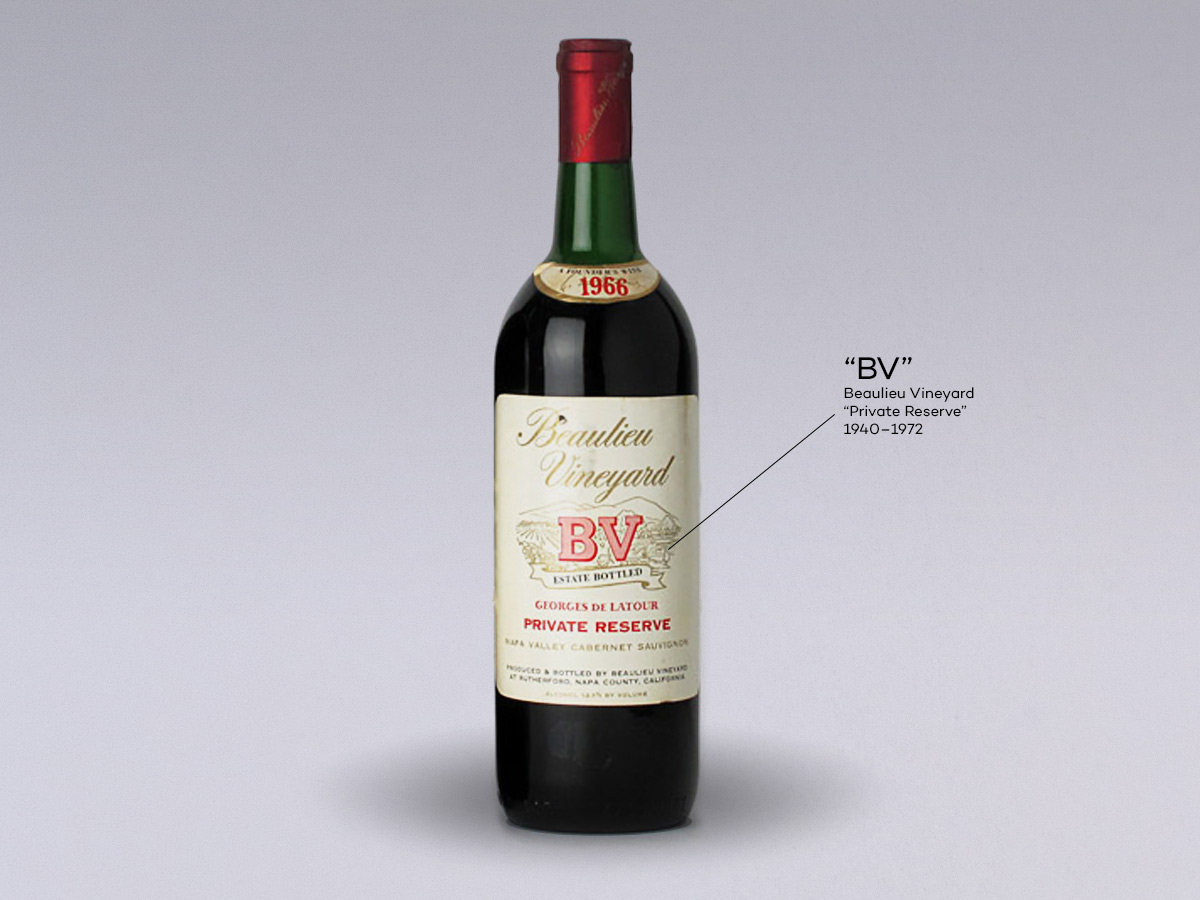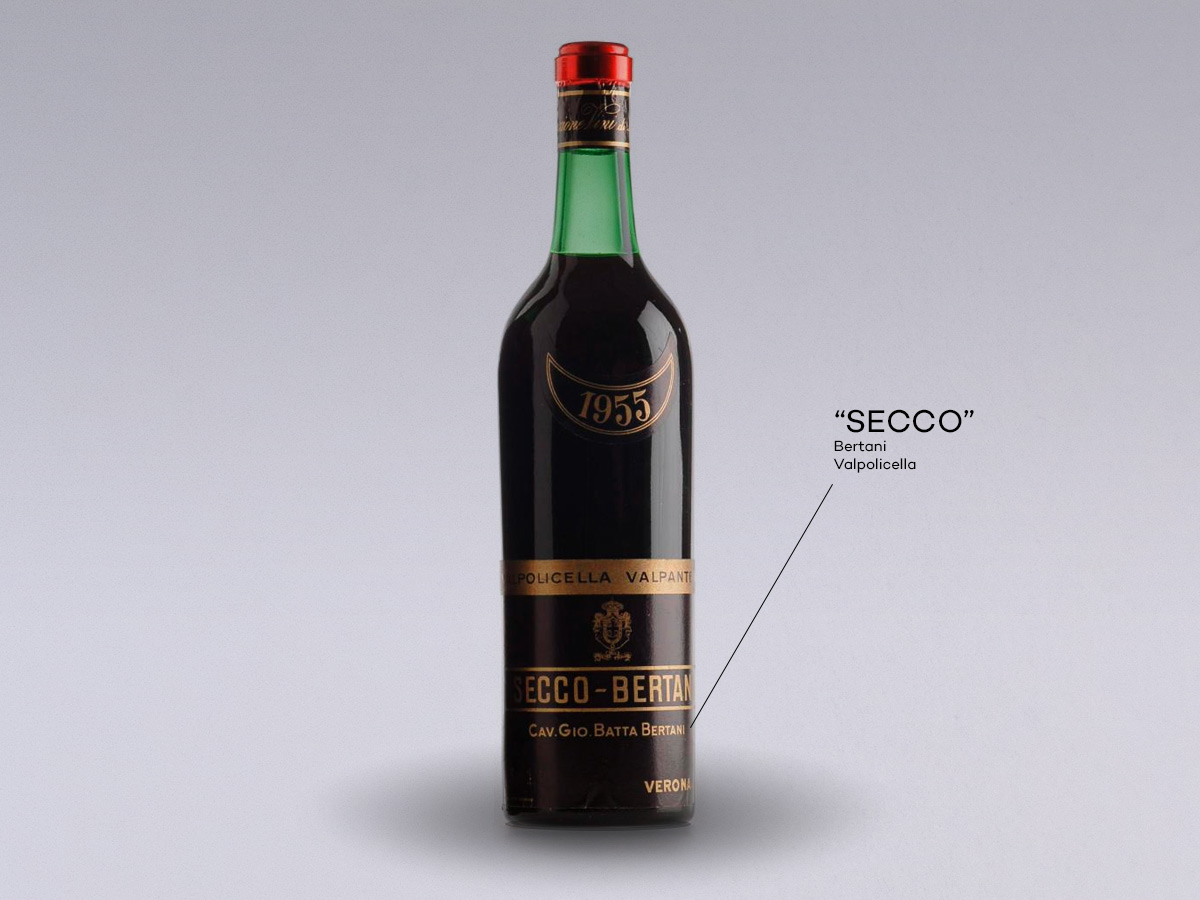Regardless of whether you’re new to wine or have been drinking it for years, you can learn a lot about wine today by looking at history. The following wines have fascinating stories that each represent a different type of red wine we love today.
These wines gave rise to a thousand copycats, which created the world of wine we drink today.
“Good artists copy, great artists steal.” –Pablo Picasso
Château Lafite
The birth of Cabernet-Merlot
Nearly everyone who knows a thing or two about Bordeaux has heard of Lafite (“la-feet”). In the early 1700’s, Marquis Nicolas Alexandre de Ségur made it his mission to improve the estate and wines of the Lafite Chateau. This good work led to the wines being a favorite at Versailles and with King Louis XV. Around this time, the wines were also sought after by the young Thomas Jefferson, who spent a fortune importing them to his Monticello estate after trying them in Versailles. Then, in 1855, Lafite was the first of 4 estates selected for the prestigious Premier Cru Classification. Today, the wines have come to represent the quintessential Bordeaux blend.
The OG Bordeaux: Claret
The birth of Rosé
(“Clair-ette”) The original style of red Bordeaux was a very light colored red wine. It’s first record of production is from the 1300’s. The word “Claret” meant “clear,” indicating that the wine could be seen through. Even though the red wines of Bordeaux became deeper and darker with time, the name stuck. Now in Bordeaux, you can find some rosé wine is labeled as Clairet. Also, there are a few classic American producers using the “claret” name on Cabernet-Merlot blends.
Domaine de la Romanée-Conti
The birth of Pinot Noir
America has been obsessed with Pinot Noir and the wines of Domaine de la Romanée-Conti for a very long time. In 1934, one year after prohibition ended, Fortune Magazine mentioned the stuff as a lofty goal for American winemakers. What’s surprising is that the fame of Romanée-Conti goes back farther than that. In the 1750’s, the wines supposedly cost more than 6 times the price of the neighboring Clos de Vougeot. Today, Domaine de la Romanée-Conti is grown organically and a current vintage will fetch the price of a small car. We would not know great Pinot Noir wines today without a little DRC.
Beaulieu Vineyards “Private Reserve”
The birth of California Cabernet
Beaulieu Vineyards was one of the top early pioneering wineries of California that managed to stay open during prohibition. In 1938, something very special happened. The owner, Georges de Latour, went to France in hopes of finding a better winemaker. He ended up asking the tiny 4’11” André Tchelistcheff (“Tell-a-tchef”) to join him in Napa Valley. Shortly thereafter, the winery acquired 89 acres of the famed To Kalon vineyard in Oakville. André made the first B.V. “Private Reserve” with these grapes and it made Beaulieu Vineyards a top California wine from the 1940’s–1970’s. After leaving BV in 1973, André Tchelistcheff helped Robert Mondavi, Mike Grgich (of Chateau Montelena) and Joe Heitz achieve their fame. Today, B.V. no longer produces a wine from To Kalon estate but its place in history is secure.
Secco-Bertani
The birth of Amarone
When the Bertani brothers started their winery in 1857, Italy was only just becoming unified as a nation. At the time, the wines of Valpolicella were famous for sweet red wines of which the finest style was called Recioto. The decision to make a “Secco” or “dry” wine was very new to Italy and may have been inspired from when one of the Bertani brothers studied in France under Jules Guyot. Today, Secco Bertani uses the same label design as they did in 1930 and can be found for under $20!
R. López de Heredia “Viña Tondonia”
The Birth of Rioja and Tempranillo
It’s funny to think that the creation of great Tempranillo wines really got its start because of the phylloxera epidemic in France. In the late 1800’s French negotiant winemakers came into northern Spain to make quality wines to fill the increasing demand. R. López de Heredia teamed up with a negotiant and began to realize the potential of Rioja Alta. The name Viña Tondonia is the name of the winery’s largest estate which sits along the Ebro River. The grapes from these vineyards go into the Viña Tondonia wine on special vintages. R. López de Heredia continues to obsessively age their wines “until they are ready” and the Gran Reserva level of Viña Tondonia is only released on exceptional years–the current vintage is 1994. There have only been 22 vintages of Gran Reserva in the last 130 years.
Château Fortia
The birth of “wines with a sense of place”
Châteauneuf-du-Pape is where the idea of “wines with a sense of place” became dogma for great wine. It was in Avignon that the modern French wine classification system was invented.
Baron Pierre Le Roy was both a lawyer and a World War I pilot. When he returned from the war, he married into the Chateau Fortia family but at a time when Rhône valley wines were at an all-time low from the war. Still, Le Roy saw an opportunity to improve Rhône wines but also the reputation of France as a whole. He must have been a big-picture thinker.
He and his colleagues developed proposals for the regulation of French wine that included official regions, grape varieties, and minimum quality standards for wine production. In 1935, Baron Pierre Le Roy co-founded the Institut National des Appellations d’Origine (INAO) and, in 1936, he spearheaded the Appellation d’origine contrôlée (AOC) system. Both institutes are still used today. The systems he created became benchmarks other countries used to develop their own quality standards. In a way, Le Roy brought quality to us all.
Do you know a game-changing historical red wine? Add it below!







